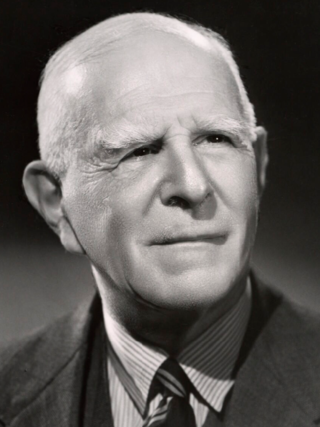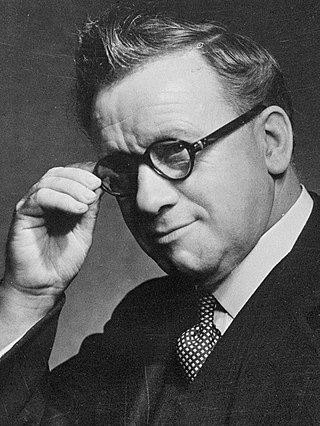An election to the County Council of London took place on 5 March 1904. The council was elected by First Past the Post with each elector having two votes in the two-member seats. The Progressive Party retained control of the council, with a slightly reduced majority.
An election to the County Council of London took place on 5 March 1925. The council was elected by First Past the Post with each elector having two votes in the two-member seats. The Municipal Reform Party retained a large majority, while the Labour Party established itself as the principal opposition, supplanting the Progressive Party.
St Marylebone was a constituency used for elections to the London County Council between 1919 and the council's abolition, in 1965. The seat shared boundaries with the UK Parliament constituency of the same name.
An election to the County Council of London took place on 16 April 1958. The council was elected by First Past the Post with each elector having three votes in the three-member seats. The Labour Party, who had already run the council for 24 years, won their largest ever majority.
Battersea North was a constituency used for elections to the London County Council between 1919 and the council's abolition, in 1965. The seat shared boundaries with the UK Parliament constituency of the same name.
Battersea South was a constituency used for elections to the London County Council between 1919 and the council's abolition, in 1965. The seat shared boundaries with the UK Parliament constituency of the same name.
An election to the County Council of London took place on 31 March 1955. The council was elected by First Past the Post with each elector having three votes in the three-member seats. The Conservative Party made significant gains, but the Labour Party retained a substantial majority.
An election to the County Council of London took place on 3 April 1952. The council was elected by First Past the Post with each elector having three votes in the three-member seats. The Labour Party made substantial gains and greatly increased its majority.
Woolwich West was a constituency used for elections to the London County Council between 1919 and the council's abolition, in 1965. The seat shared boundaries with the UK Parliament constituency of the same name.

An election to the County Council of London took place on 7 April 1949. The council was elected by First Past the Post with each elector having three votes in the three-member seats. The Conservative Party made substantial gains, achieving the same number of seats as the Labour Party. However, Labour held the chair of the council, and was thus able to retain control.
Hammersmith North was a constituency used for elections to the London County Council between 1919 and the council's abolition, in 1965. The seat shared boundaries with the UK Parliament constituency of the same name.

An election to the County Council of London took place on 4 March 1937. The council was elected by First Past the Post with each elector having two votes in the two-member seats. The Labour Party made gains, increasing their majority over the Municipal Reform Party.

An election to the County Council of London took place on 8 March 1934. The council was elected by First Past the Post with each elector having two votes in the two-member seats. The Labour Party made large gains from the Municipal Reform Party, and for the first time won control of the council..
Woolwich East was a constituency used for elections to the London County Council between 1919 and the council's abolition, in 1965. The seat shared boundaries with the UK Parliament constituency of the same name.
Streatham was a constituency used for elections to the London County Council between 1919 and the council's abolition, in 1965. The seat shared boundaries with the UK Parliament constituency of the same name.
Lewisham West was a constituency used for elections to the London County Council between 1919 and the council's abolition, in 1965. The seat shared boundaries with the UK Parliament constituency of the same name.
Putney was a constituency used for elections to the London County Council between 1919 and the council's abolition, in 1965. The seat shared boundaries with the UK Parliament constituency of the same name.

An election to the County Council of London took place on 5 March 1931. The council was elected by First Past the Post with each elector having two votes in the two-member seats. The Municipal Reform Party slightly increased its majority on the council, with overall results matching those from 1925.

An election to the County Council of London took place on 8 March 1928. The council was elected by First Past the Post with each elector having two votes in the two-member seats. The Labour Party made slight gains at the expense of the Municipal Reform Party, which nonetheless retained a substantial majority.
An election to the County Council of London took place on 2 March 1895. The council was elected by First Past the Post with each elector having two votes in the two-member seats. The Moderates made numerous gains, and tied the Progressive Party in seats on the council.





